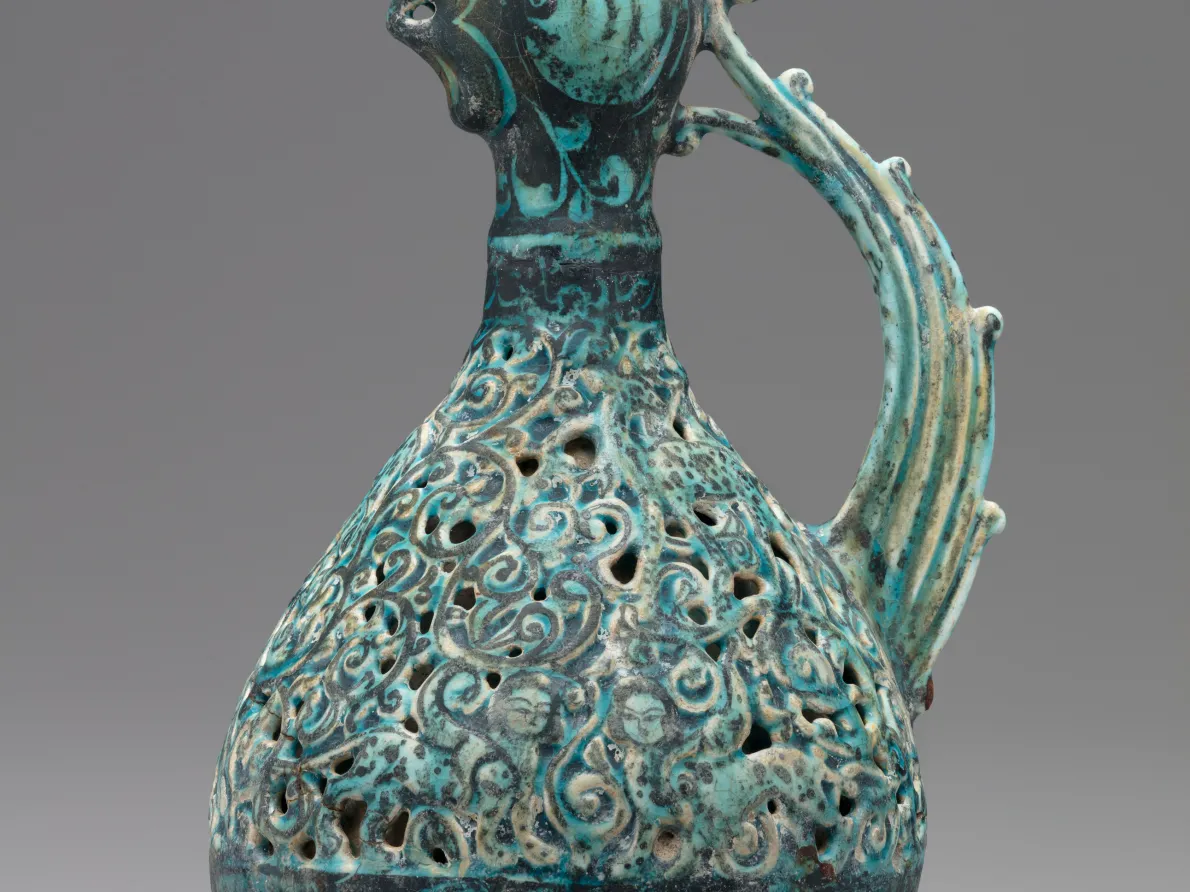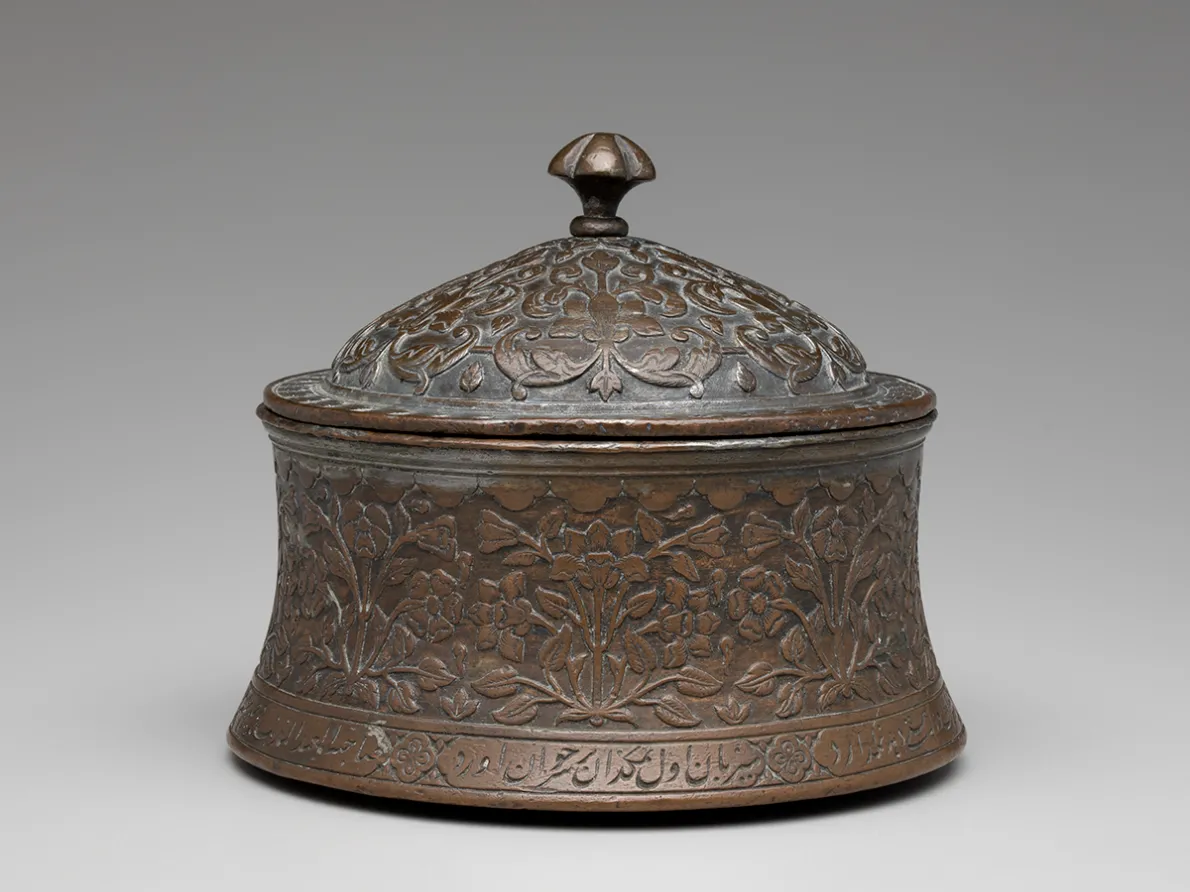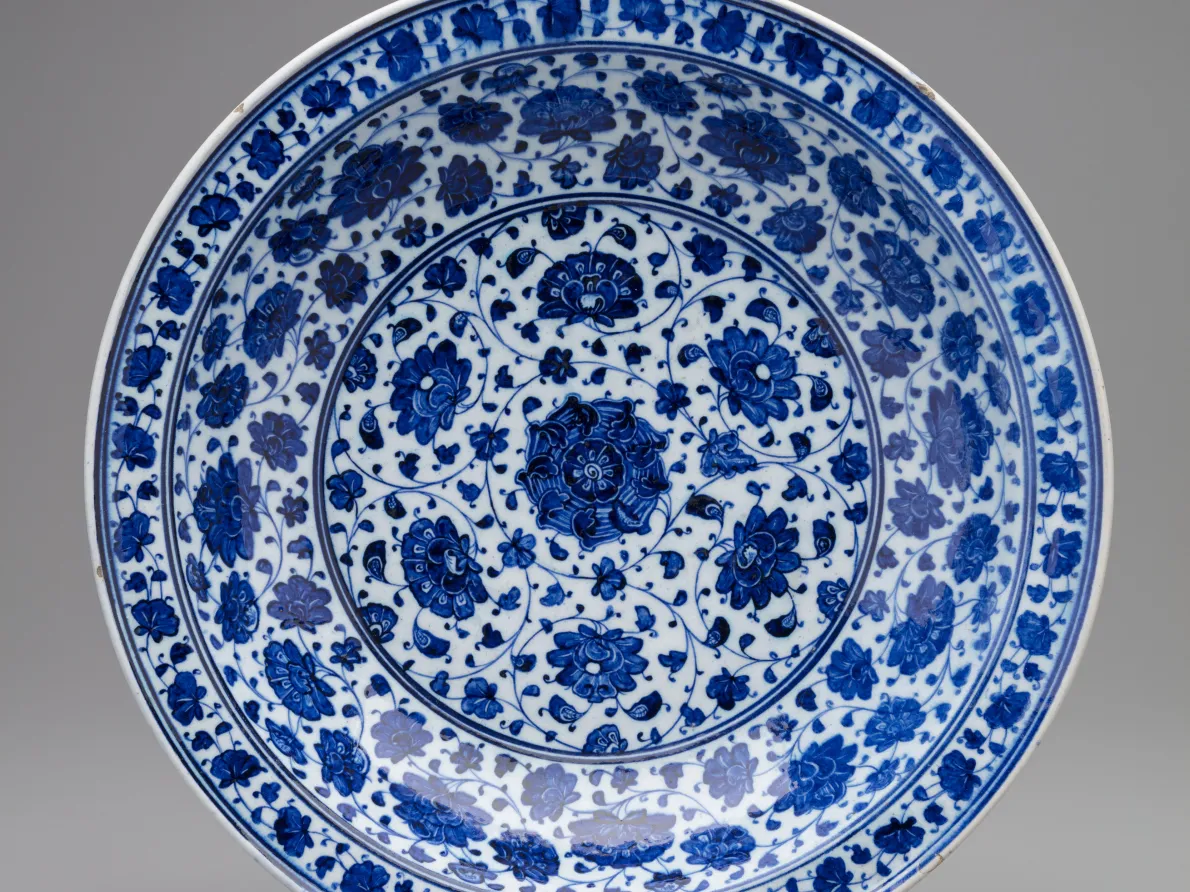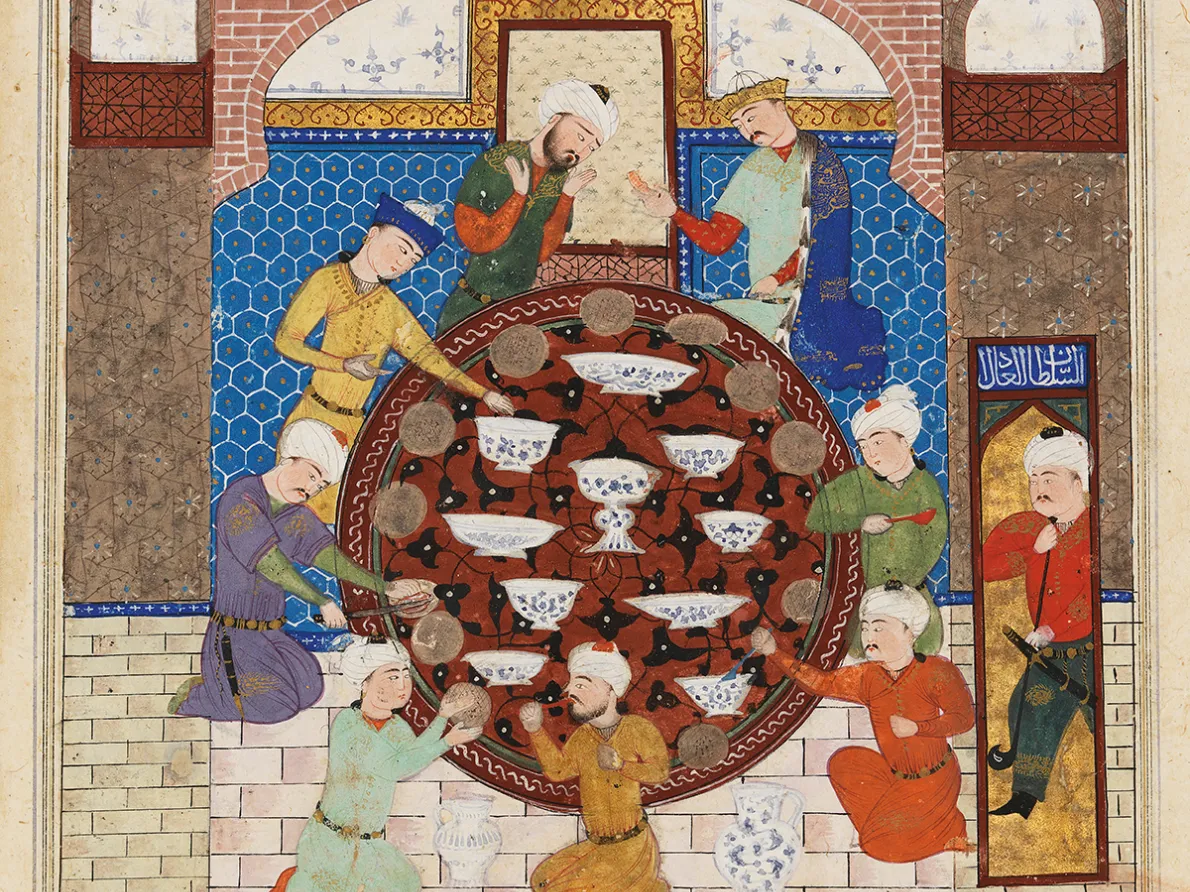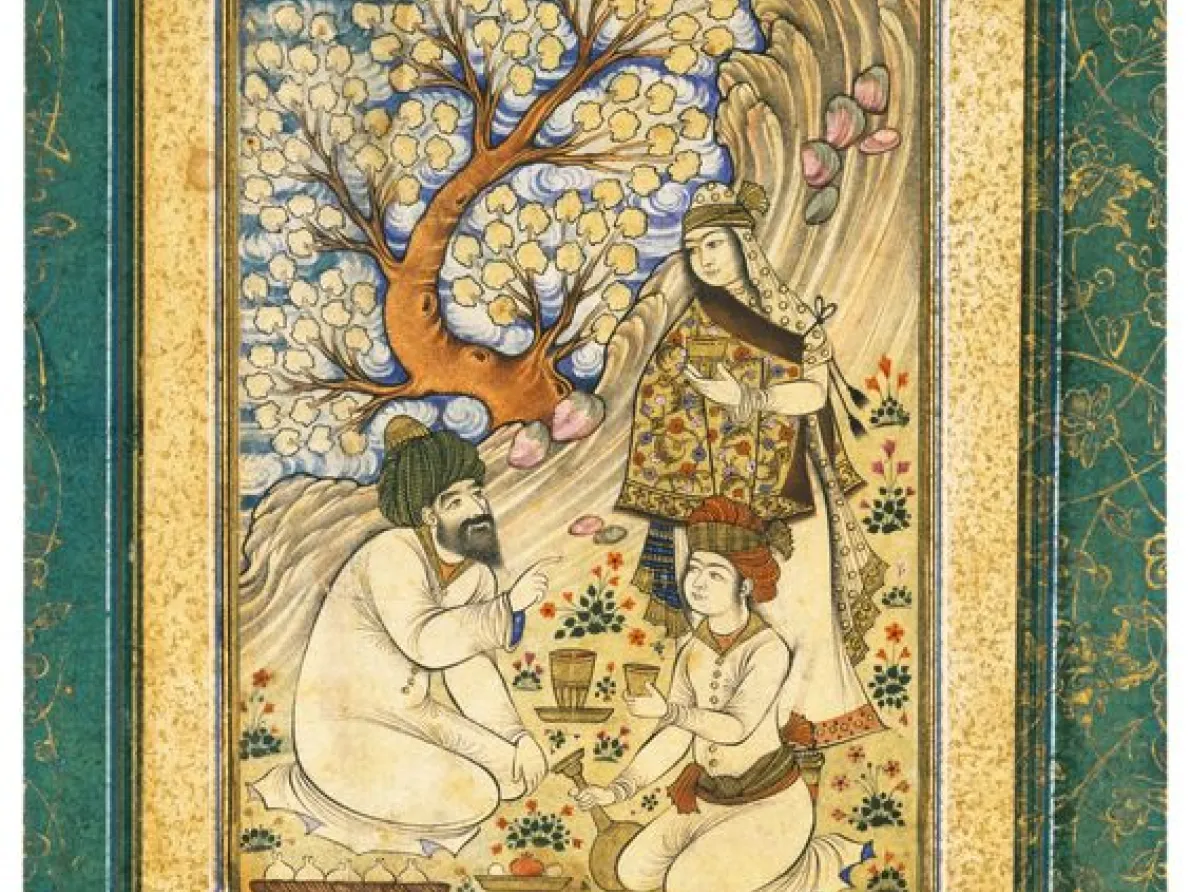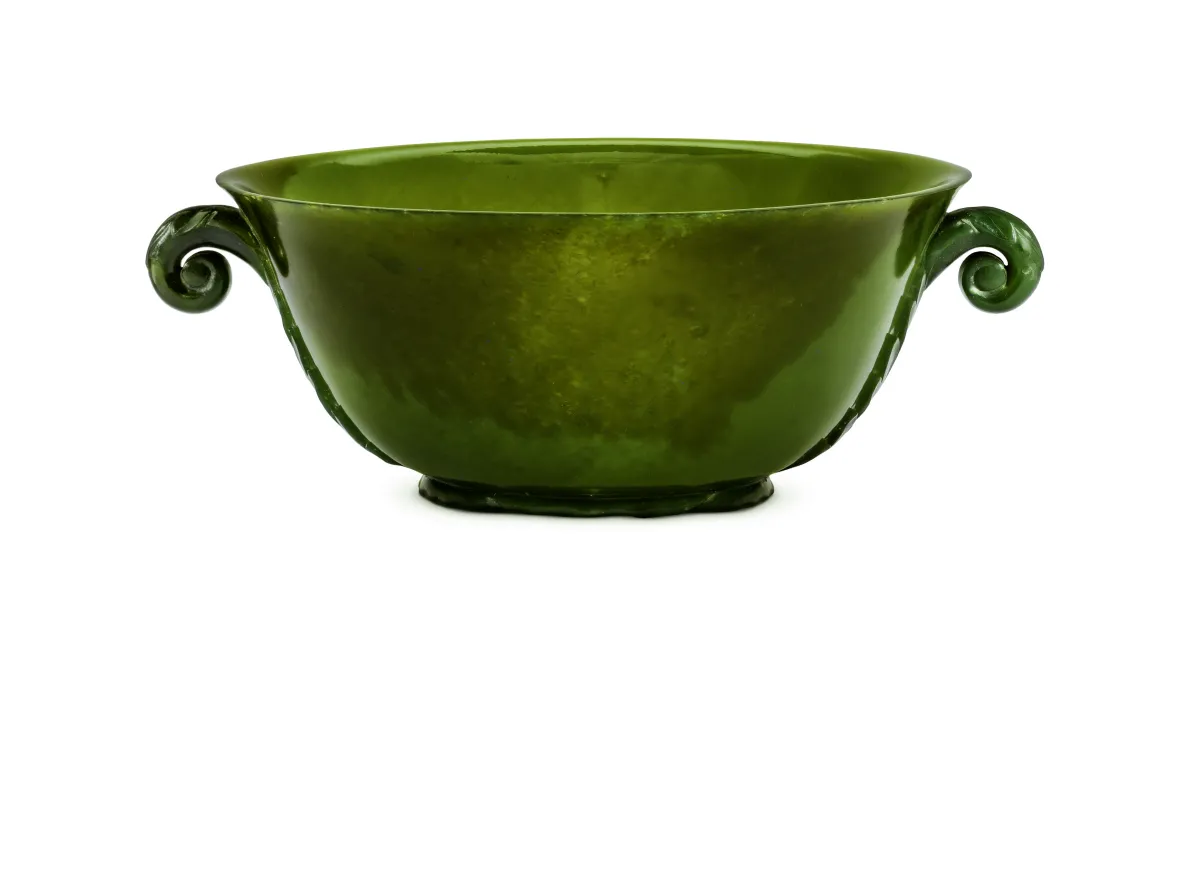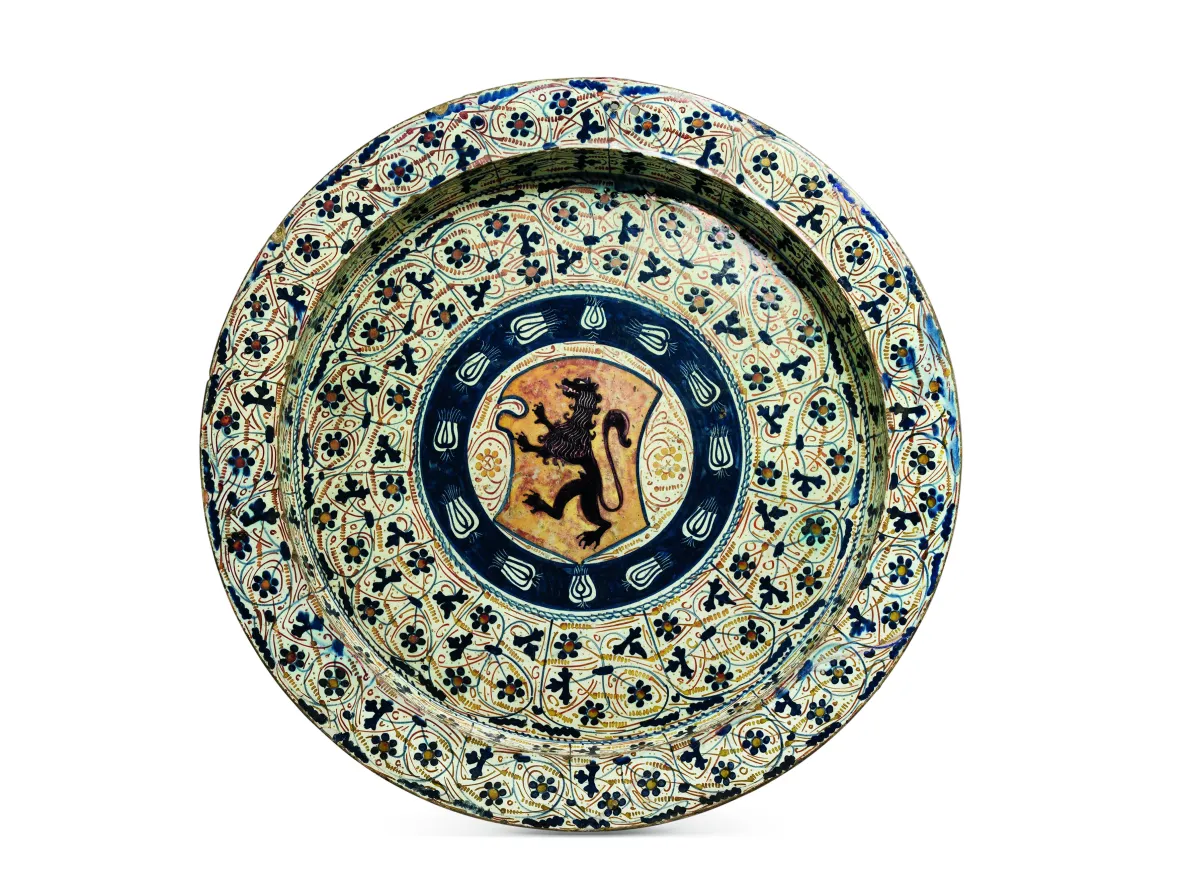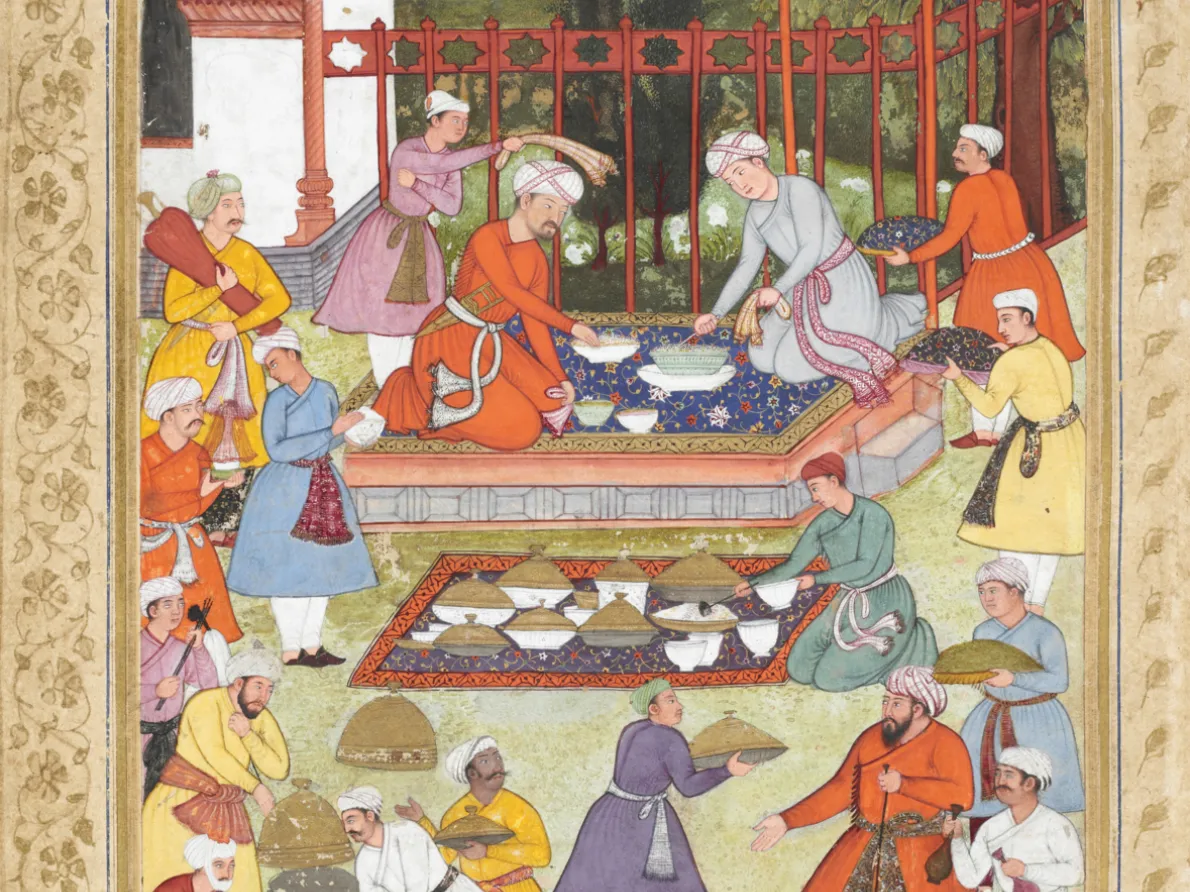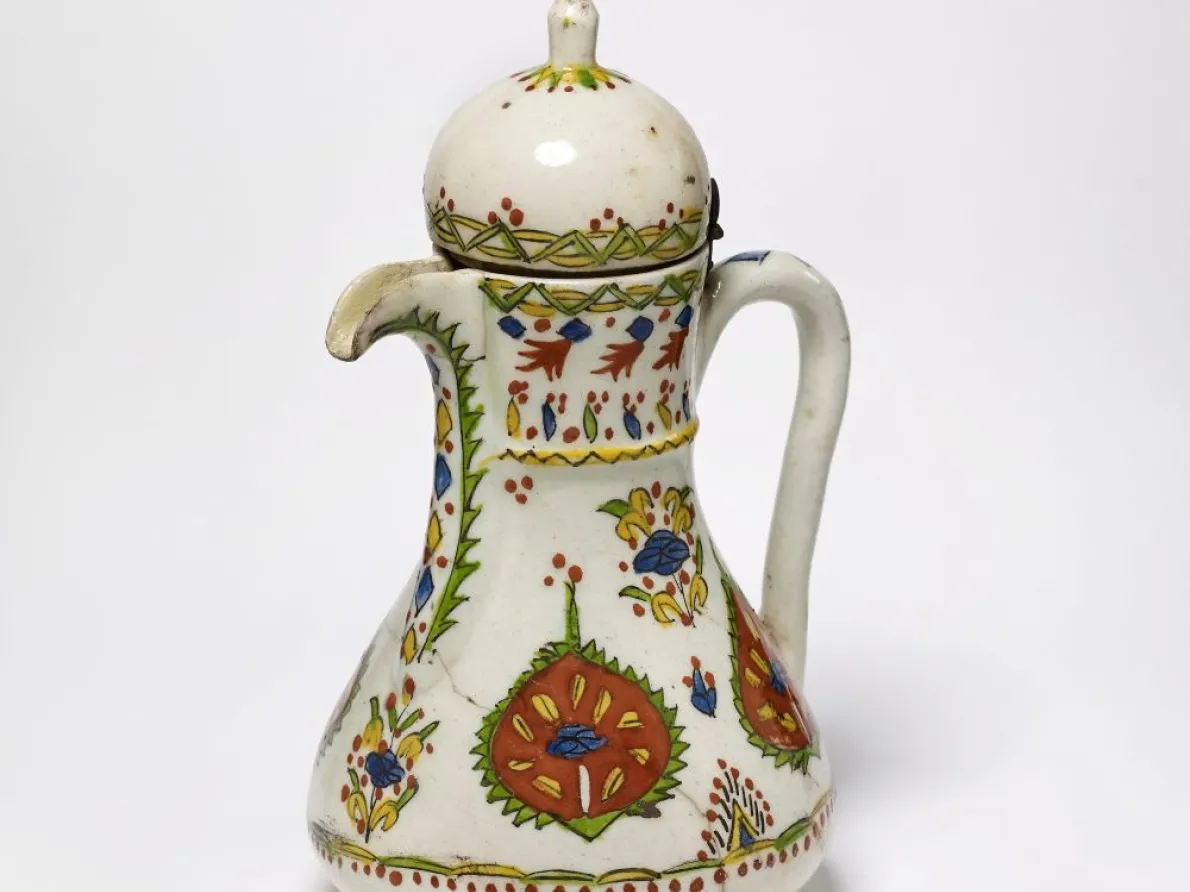The Art of Dining: Food Culture in the Islamic World
September 22, 2024 – January 5, 2025
Updated Jul 10, 2024
The Art of Dining: Food Culture in the Islamic World brings together 230 works from the Middle East, Egypt, Central and South Asia, and beyond to explore connections between art and cuisine from ancient times to the present day. Paintings of elaborate feasts, sumptuous vessels for food and drink, and historical cookbooks show how culinary cultures have thrived in the Islamic world for centuries. Highlighting the relationship of these works to preparing, serving, and enjoying food, the exhibition engages multiple senses and invites us to appreciate the pleasures of sharing a meal.
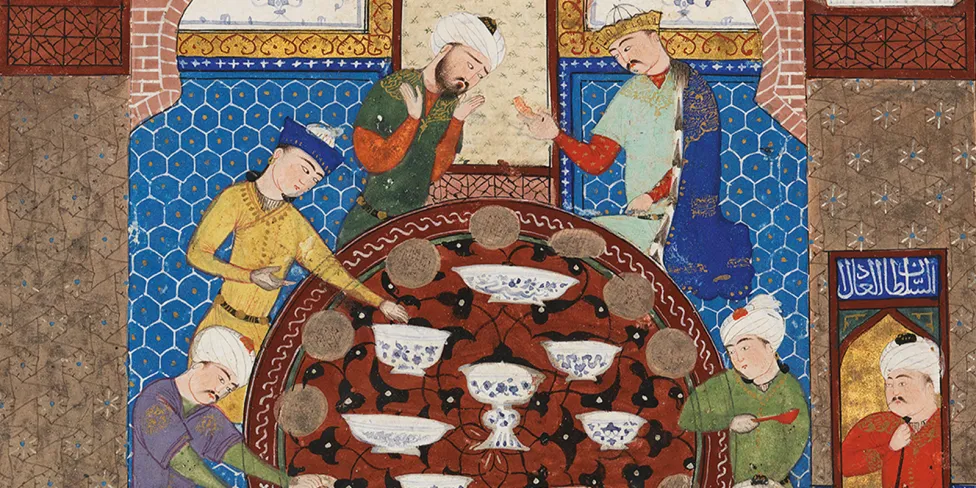
The Art of Dining: Food Culture in the Islamic World brings together 230 works from the Middle East, Egypt, Central and South Asia, and beyond to explore connections between art and cuisine from ancient times to the present day. Paintings of elaborate feasts, sumptuous vessels for food and drink, and historical cookbooks show how culinary cultures have thrived in the Islamic world for centuries. Highlighting the relationship of these works to preparing, serving, and enjoying food, the exhibition engages multiple senses and invites us to appreciate the pleasures of sharing a meal.

Mir Sayyid ‘Ali (Persian, 1510–1572) and other artists, Afghanistan (Kabul) and India. The Princes of the House of Timur (Humayun’s Garden Party), 1550–55, with later additions early–mid-1600s. Opaque watercolor on cotton. The British Museum, London, bought from Ganeshi Lall of Agra, with funds provided by the Art Fund and W. Graham Robertson, 1913,0208,0.1.
© The Trustees of the British Museum
